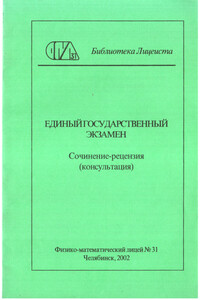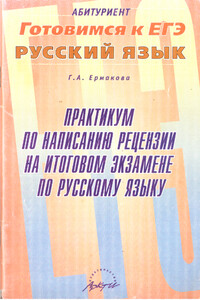43. /20 мин./ Парно-групповая работа. Используя полученные знания и умения, обсудите тему “Асинхронные двигатели”. Осветите, в частности, вопросы: а) заказ машины и запчастей; б) приемка, монтаж и первый пуск машины; защита машины от перегрузки; в) ручной и автоматический пуск и остановка машины; г) общие рекомендации по уходу за машиной.
44. / 10 мин./ Подробно опишите свои действия по уходу за машиной. Выполните по образцу задания 39.
1. Don’t allow the moisture to penetrate to the bearings <& windings. 2. Avoid the flashover between the phases or from a phase to the ground-connected parts. 3. Keep the short-circuit contacts in good condition.
45. / 5 мин./ Парная работа. Обсудите вопросы, связанные с обслуживанием машин. Используйте материал предыдущих заданий.
46. / 6 мин./ Ознакомьтесь с текстами А, В, G. Укажите
i номера предложений, которые дополняют инструкцию по монтажу и технической эксплуатации электрооборудования.
А 1. The working security, of the bearing is depending on correct mounting & regular inspection. 2. Ensure always that the oil level is in accordance with the marked oil level. 3. Flushing oil lubricated bearing is to be supplied with oil normally from the lubrication system of the prime mover. 4. Check carefully that the pipes for oil inlet & outlet are in good order. 5. By inspection the condition of the lubrication oil has to be controlled. 6. The bearing liner & the shaft have to be checked so that one can make sure of the good condition of the bearing. 7. Clean often the bearing housing outside in order to keep the cooling effect of the surface.
В 1. Machinery & equipment are to be so arranged as to provide free access to them for attendance & overhaul. 2. If auxiliary boilers are installed in one common space with the internal combustion engines then precautions must be taken to protect against the effect of flame from the furnace. 3. Fuel tanks are, as a rule, not to be installed above the ladders, main engines, steam boilers, electrical equipment & the main engine control station. 4. The machinery driving the cargo pumps & ventilators in pump rooms of tankers are to be installed in cargo pump rooms, but in spaces adjacent to the pump room. 5. Drive shafts are to be fitted with glands efficiently lubricated from outside the pump room. 6. Those parts of the glands which, due to the bad centricity of the drive shaft or damage of the bad bearings might contact, shall be made of material, that will not initiate sparks.
C 1. Electrical equipment is to be accessibly placed clear of inflammable material in well ventilated adequately lighted spaces in which inflammable gases cannot accumulate & where it is not exposed to risk of mechanical injury from water, steam or oil. 2. Where necessarily exposed to such risks the equipment is to be suitably constructed or enclosed. 3. Live parts are to be guarded where necessary. 4. Insulating materials & insulating windings are to be resistant to tracking, moisture, sea air & oil vapour unless special precautions are taken to protect them. 5. Equipment is not to remain~alive through the control circuit &/or pilot lamps when switched off by the control switch. 6. The operation of all electrical equipment & the lubricating arrangements are to be efficient under such conditions of vibration & shock as arise in normal prjffctice, & with the ship inclined from the normal at any angle up to 15° transversely, when pitching 10° longitudinally & when rolling up to 22.5° from the vertical. 7. Conductors & equipment are to be placed at such a distance from the magnetic compass or are to be disposed that the interfering magnetic field is negligible even when circuits are switched on & off.
47. / 20 мин./ Читая текст, выпишите ключевые слова из каждого абзаца и используйте их при описании Рис.9.
Automation Means of Control & Inspection.
Electromagnets. /EM/
|
| а/ a straightway solenoid in a valve application/а/ b/a separate straightway magnet |
Electromagnets are found in a number of.forms & much used to cause mechanical motion which is simply a matter of applying or disconnecting the electric current by command from the transducer. EM are widely used to operate commutators, switches, contactors, driving mechanisms inserted in mechanical, hydraulic & pneumatic systems, valves & gate-valves used in hydraulic & air-operated converters, brakes in. machines, clutches & couplings for the rotating shafts, etc.




